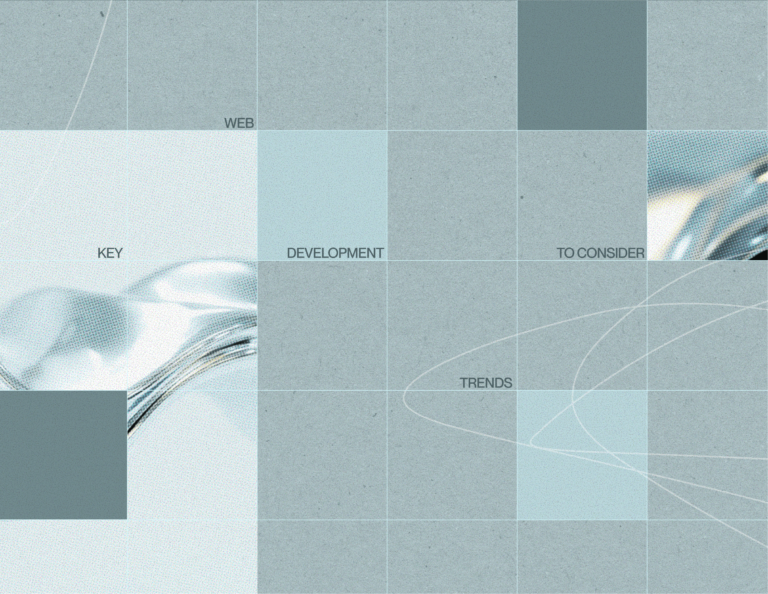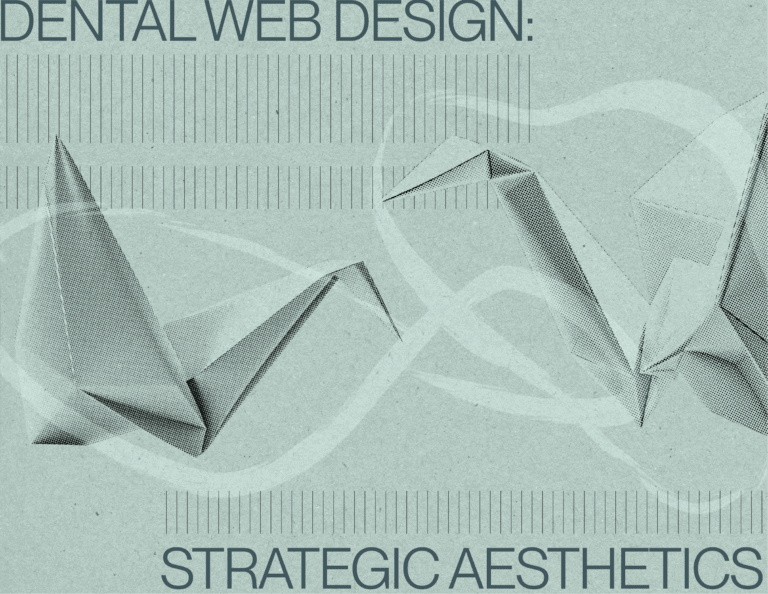Outline:
When browsing Netflix for a good movie or scrolling through Pinterest’s classy pictures, the smooth and seamless interaction with the website is the last thing on a user’s mind. This is because excellent web development and design aim to provide users with a nearly natural experience without revealing the complex technology behind the scenes.
Despite this, it might surprise you to know that both Netflix and Pinterest are examples of single page applications. So, what exactly is a Single Page Application?
Don’t worry; we’re here to answer that question and provide you with even more information about SPAs.
Streamlining User-Platform Communication with Single Page Applications
In today’s fast-paced and customer-centric digital world, businesses strive to provide excellent user experiences. However, with users facing an overload of digital data, it’s important to consider ways to capture their attention. Single Page Applications offer a potential solution.
SPAs are websites or web applications that load new data onto the page from the server without refreshing the entire page. This means that all necessary files and code are captured by the browser in a single page load, and only relevant information is added to the page in response to user requests. This approach allows for a more seamless user experience, similar to that of a native app. By only employing device-specific hardware and software, SPAs minimize interruptions and improve overall user-platform communication.
For example, consider an email with a search bar, sidebar, menu, and header. These elements remain untouched as the user scrolls through the email. The web browser renders only the data that the user requires with each click, reducing the amount of information required for the server to render and increasing load time efficiency.
Demystifying SPA Architecture: A Closer Look
To better understand how single-page applications work, it’s important to explore their architecture. Unlike traditional websites, SPAs load one page without loading others as users navigate the resource. They take advantage of repeating content elements, such as headers, logos, and footers.
Let’s dive deeper into the architecture. When visitors arrive at the website and start interacting with it, the browser sends a request to the server and receives an HTML file. For traditional websites, this process is repeated with each action on the resource. However, with SPAs, the server sends an HTML file only once, during the first request. For successive requests, the server sends data in JSON format, rendering only some parts of the page in the browser.
This fluid and progressive content loading contributes to a natural, consistent user experience and smooth interaction, in contrast to constant full-page reloads that can hinder communication. SPAs offer a significant advantage in terms of efficiency and speed, as they reduce the amount of data the server needs to render, resulting in faster load times.
In conclusion, understanding SPA architecture is essential to appreciate the benefits of this modern web development approach. This is what we are going to discuss.
The Advantages of Single Page Applications: Why You Should Consider Them
While fluid user experience is a significant advantage of single page applications, there are many more benefits to employing this modern web development approach.
Improved Web Application Performance
One of the most crucial benefits improved web application performance. SPAs load HTML, CSS, and JavaScript files only once during the initial page load. Afterward, as visitors click around the website, the SPA responds to data requests, and the server only communicates necessary materials. This results in an updated user interface without refreshing the entire page. The agile interchangeability of SPAs is especially valuable on highly navigated pages with repeating templates.
Shortened Development Time
Since the server doesn’t need to work on any recurrent material, SPAs can minimize the load on your servers, saving time and effort. This means that developers can spend less time building and maintaining the back end, leading to shortened development time and reduced costs.
Split Back- and Front-end
SPAs promote easier bug detection in the codebase and smoother API integration. This is because they allow for a detached back and front end display. In single-page applications, the user interface is usually isolated from the data, which ensures changes in the front end and UI won’t affect the back end. This separation also provides more straightforward front end development, resulting in less development time and effort.
Upgraded User Experience
An obvious advantage of SPAs is the upgraded user experience. With modular functionalities, most app features can be crawled independently, allowing for a dynamic and coherent experience for users. Additionally, SPAs load much quicker than traditional websites, resulting in less frustration and improved customer satisfaction.
Abundant Possibilities
SPAs offer endless possibilities for developers. For example, building a robust content editing app with real-time analytical features is much easier with SPAs. In traditional app-building strategies, all those features would require a complete page reload to function, while SPAs can crawl only the needed components, leaving static elements untouched, and saving load performance and users’ nerves.
In summary, the benefits of SPAs are many, and they provide an efficient and cost-effective way to enhance user experiences and boost online business performance.
Exploring the Potential Pitfalls of Single Page Applications
While single page applications may seem an excellent solution, don’t underestimate their potential risks and challenges. To help you make an informed decision, we compiled a list of SPAs disadvantages.
SEO Incompatibility with Single Page Applications
Since SPAs load only one page, they can be challenging for search engine optimization. Search engines rank applications based on various factors, including the number of pages. As SPAs only load one page, it can negatively impact their ranking performance.
Dependency on Browser Resources for Seamless Functioning
Since SPAs heavily rely on browser resources, they require the latest browser features and support to work seamlessly. Otherwise, they may suffer from poor performance, negatively impacting the user experience.
Security Vulnerabilities and Cross-Site Scripting Attacks
Compared to traditional web applications, SPAs can be more sensitive to security vulnerabilities such as Cross-Site Scripting attacks. They may also be more susceptible to sensitive data exposure, making it crucial to prioritize security measures in SPA development.
Memory Leaks and Device Overload
Since SPAs never reload, they can lead to memory leaks and overload on the device used to navigate the app. This can result in slowdowns and a poor user experience, making it essential to manage memory usage during development.
In conclusion, while SPAs offer many benefits, they may not be the ideal solution for every application. It’s important to weigh the advantages and disadvantages carefully to make an informed decision.
Single-Page Web Applications vs. Multi-Page Applications: Which One is Right for You
If you’re planning a large-scale web application with multiple pages, it’s essential to choose the right approach. There are two primary options to consider: single-page web applications and multi-page applications.
- Multi-Page Applications: MPAs are traditional web applications that request new pages from the server with each data exchange. These applications can handle a vast amount of data, making them ideal for complex UIs and numerous links. They are a popular choice for large-scale applications that require many pages and extensive data management.
- Single-Page Web Applications: SPAs, on the other hand, load all necessary data for a single page with the initial request, then dynamically update content as the user interacts with the application. They are well-suited for applications that require a seamless, fast, and responsive user experience, and can efficiently handle smaller amounts of data.
When deciding between SPAs and MPAs, it’s vital to consider the specific needs of your application. If you require extensive data management and multiple pages, an MPA may be the better choice. However, if you prioritize a seamless user experience and fast load times, an SPA may be more appropriate.
Overall, the choice between SPAs and MPAs depends on the particular requirements of your web application. By carefully considering the advantages and disadvantages of each approach, you can make an informed decision that best suits your needs.

Choosing the Right SPA Framework: React vs. Angular vs. Vue vs. Ember
When building a single-page application, choosing the right framework is critical to ensure the best performance and user experience. Here, we’ll explore some of the most popular SPA frameworks and their features.
- React: React.JS is an excellent choice if you want a scalable and flexible application that’s easy to develop and maintain. It uses a set of reusable components that follow specific rules on building, making it relatively easy to create and maintain your SPA.
- Angular: Applications built with Angular.JS are known for their fast load times, making them ideal for mobile SPAs and other applications where speed is a priority. It is a comprehensive framework with many built-in features, making it an excellent choice for complex applications.
- Vue: Vue.JS is a lightweight framework that’s easy to learn and use, making it an excellent choice for beginners. It utilizes Virtual DOM and two-way data binding, making it fast and reactive. Its small size and extensive functionality list make it a popular choice for many developers.
- Ember: Ember.JS is a framework that prioritizes user experience and UI development. It features two-way data binding and can refresh the UI automatically without affecting the data. This makes it a flexible choice for UI development.
When choosing an SPA framework, it’s important to consider your specific needs and goals for your application. If scalability and flexibility are a priority, React.JS is a great choice. Angular.JS is an ideal choice if speed and performance are essential, while Vue.JS is best for those who want a lightweight framework that’s easy to learn. Finally, if user experience and UI development are a priority, Ember.JS is an excellent option.
On a Final Note
Single-page applications can significantly enhance your customers’ experience and boost your overall business performance. However, before diving into this web application development model, it’s essential to evaluate whether it’s the right fit for your needs.
If you’ve decided to proceed with an SPA, it’s crucial to understand the architecture and avoid potential pitfalls. Additionally, selecting the appropriate framework is key to creating an application that meets your business requirements and user needs.
By using SPAs, you can enjoy numerous benefits, such as faster load times, improved user experience, and reduced server load. If you’re unsure where to begin or have questions about SPAs, seek guidance from experienced developers.
At our company, we’re eager to help you navigate the SPA development process and provide you with the information and support you need to create a successful application. So, feel free to contact us to get a swift response and comprehensive assistance.




